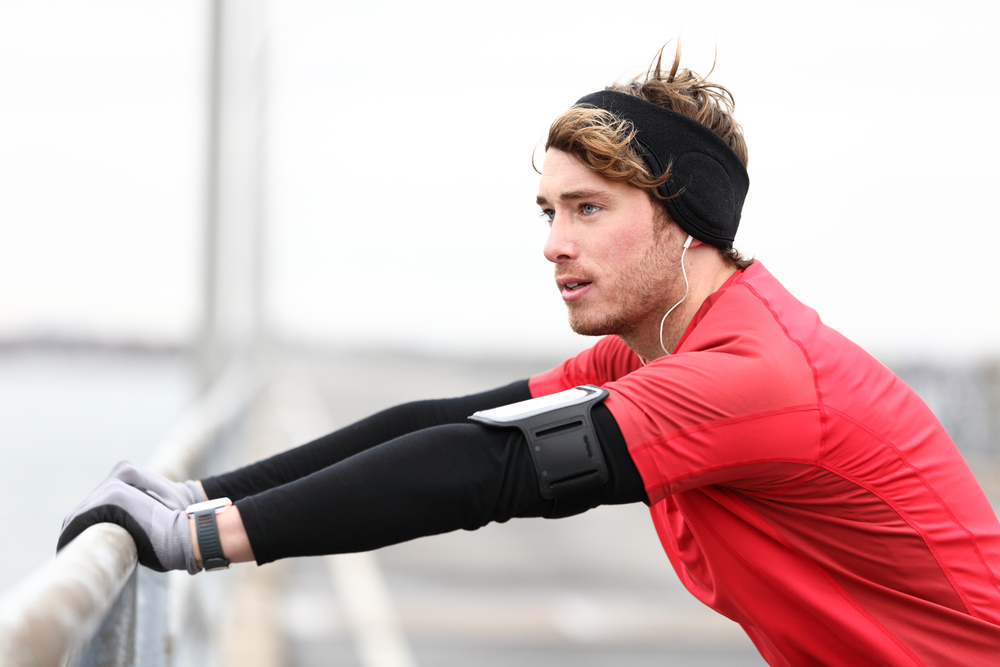You wake up 2 hours before work like always. You grab your shoes, sweatpants, heavy jacket, and do some indoor stretches in preparation for your morning run. You open the door and an Antarctic breeze instantly reddens the tip of your nose.
You absolutely hate running in the winter and you are not alone.
Cardio is difficult to begin with, but you must do it to stay healthy. While some of the most adamant cardio queens and kings power through the winter, the mere mortals like you and I simply cannot. A gym membership is always an option, but the redundancy of a treadmill is why you chose to take your cardio outdoors anyway. Fitness classes are always an option, but you prefer to do your own thing.
Fortunately, there are still many variations of at-home cardio that will get you through the winter.
Workout videos
Workout videos get a bad wrap. Many people view them as less of an actual workout and more of a waste of time and money, but this isn’t true. You have probably heard of at home workouts like P90x and Insanity, but that’s because they work. The best part about these programs is they’re long enough to get athletes through the winter months.
Simple bodyweight
Turn back the clock and do some old fashion bodyweight exercises to get through the winter. Using a High-Intensity Interval Training (HIIT) structure, bodyweight workouts can exhaust you in less than 30 minutes. Outside of the obvious push-ups, pull-ups, and jumping jacks, here are some bodyweight exercises you may have overlooked:
- Burpees
- Mountain Climbers
- Push-Ups
- Core variations
- Stairs
- Lunges
- Bodyweight squats
- Knee tuck jump
There are all sorts of variations to get you through the winter. Accessories can help too, like the Perfect Pull-Up, medicine balls, light dumbbells, or a simple jump rope. If you’re struggling to structure an at home workout out, try fitnessblender.com. The website is filled with at home workouts that are rated based on ability.
TRX & Kettle Bells
TRX Suspension is a great flip-side to a running workout. Even better, the suspension trainers can be adjusted to fit any fitness level. In addition, there are many at-home DVD trainers that can be used to coach you through the workout.
For the more fit readers, TRX workouts can be coupled with kettlebells or even a medicine ball to provide another layer to the workout. Kettlebells force you to adjust your center of gravity, providing another difficult layer to the workout.
Treadmill and Bike
A quality treadmill and bike are the most traditional and costly on this list. Most people know how to operate them no matter their fitness level and many come with their own built-in programs.
Invest in a heavy bag
A quality heavy bag set will only cost around $200 to $250 ($150 to $200 for the bag and stand, $50 for gloves and wrist wraps).
A heavy bag workout is fast and intense, falling under the HIIT category. You will be surprised by how fast these will wear you down. One benefit of HIIT is it keeps your body’s metabolism burning for hours after your workout, unlike moderate and low-intensity workouts.
In addition to the cardiovascular benefits, heavy bag workouts utilize areas of the body unique to cardio. A heavy bag workout works the core the entire time and also tones the shoulders, arms and back muscles as well.
It’s important to educate yourself before jumping into heavy bag workouts. Improper form can lead to sprains and breaks, especially in the wrist. If you’re a heavy bag novice, your form is probably wrong. If a kickboxing gym is out of your budget, there are plenty of at-home videos available to help out.
Combine the workouts
Each workout can be combined with one another to get through the winter. A heavy bag workout pairs smoothly with a treadmill, jump rope or bodyweight routine. Or dedicate one day to a video workout and the next to your own body weight routine. Each routine will benefit as long as you increase intensity and continue to eat a healthy diet.
Plus, these workouts are always great additions to help you exercise on a stormy, summer day.

